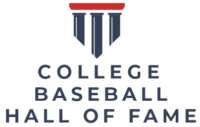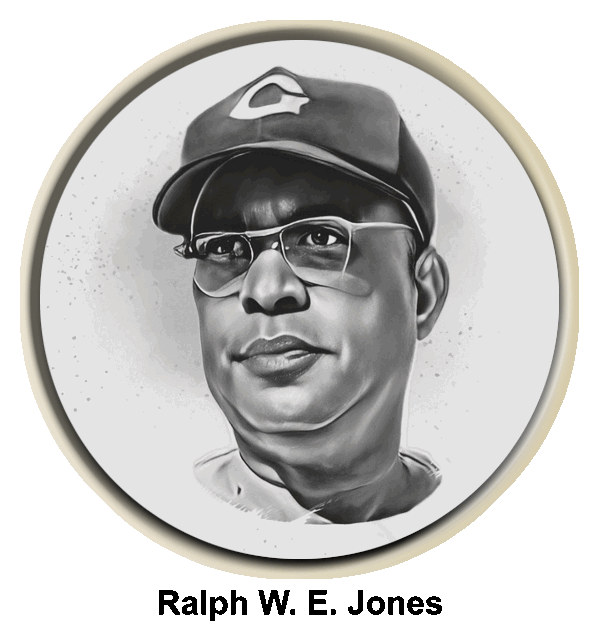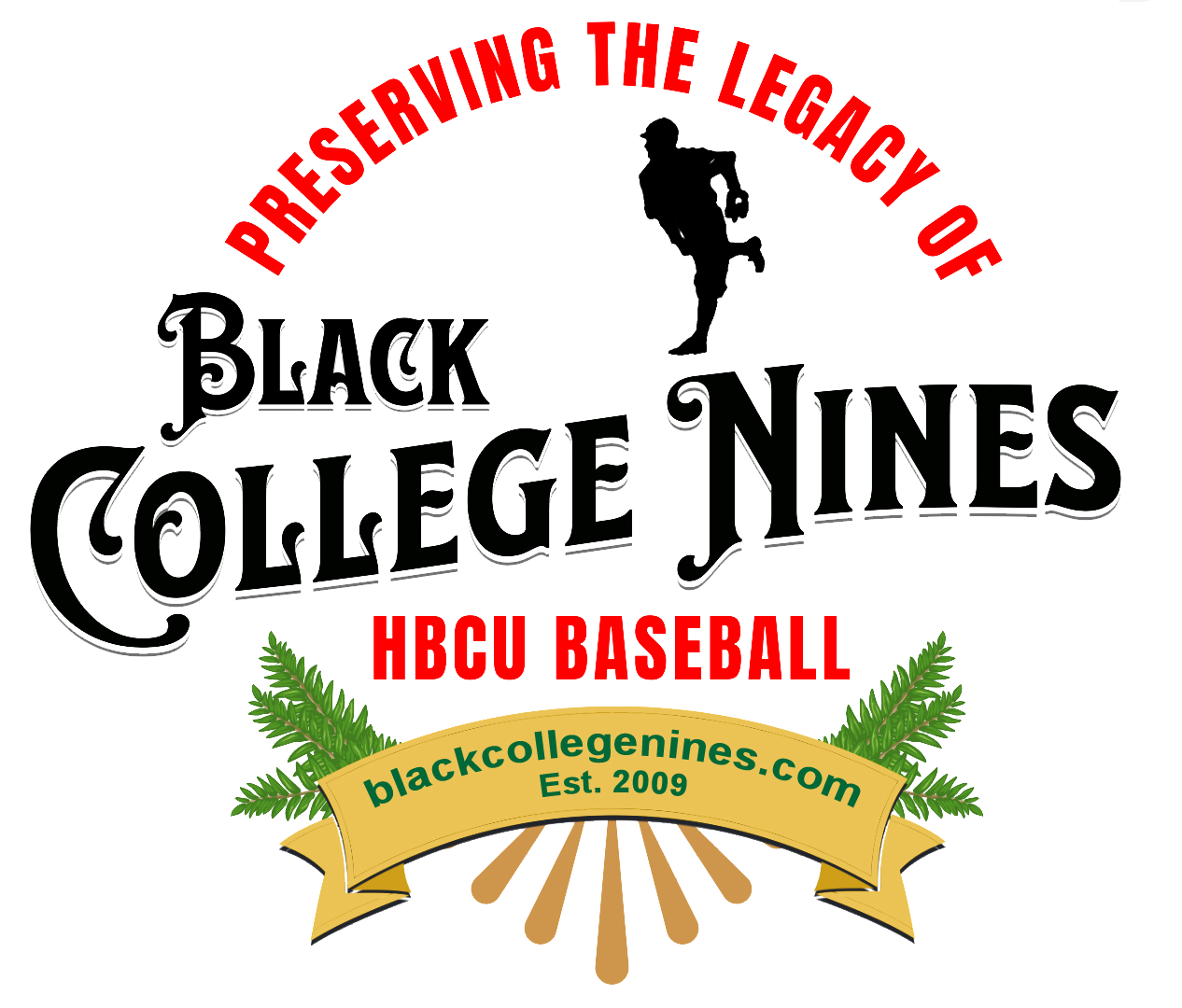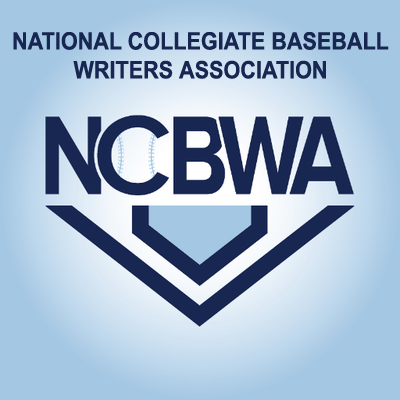By LOU PAVLOVICH, JR. Editor/Collegiate Baseball © 2019 Collegiate Baseball
ST. LOUIS, Mo. – A remarkable story is unfolding at Harris-Stowe State University. Founded in1887, this NAIA institution has an undergraduate enrollment of about 1,400 located in St. Louis and has a baseball program that is unique.
 Head Coach CJ Bilbrey only has 2.5 scholarships to work with and a total budget of $20,000.
Head Coach CJ Bilbrey only has 2.5 scholarships to work with and a total budget of $20,000.
His yearly salary as the skipper is $4,000 while his lead assistant earns $4,000 and a third coach $1,000. He also has several volunteer coaches. The rest of the money goes toward running the program.
Every year, his players bring in an extra $50,000 through fundraising efforts by working St. Louis Cardinals’ games, a PGA tournament, Six Flags and other events with the money being used for travel, food and other necessary areas within the program.
To save money, many meals on road trips are peanut butter and jelly sandwiches which are affectionately called “Stowe Steaks” by members of the team.
On all but one road trip, coaches drive two vans to away games which also saves money to destinations as far away as six hours. The one bus trip with a hired driver typically includes all of the team as a thank you for fundraising efforts.
Because of money constraints, each player is required to purchase three jerseys — home pinstripe white, away brown plus a special jersey designed every year by the seniors in addition to practice gear. The entire cost is about $300.
Bilbrey and his wife Crystal own a shirt company and make all of the players’ practice apparel in their kitchen to reduce the total cost for players.
The cost of jerseys and practice gear is typically picked up by different family members as a Christmas gift to players. Once a player graduates or leaves the program, he takes his jerseys and practice apparel with him as a special memento.
Hats, belts, socks and pants are all supplied by Harris-Stowe.
The payoff for all of this sacrifice by players is being able to practice six days a week when cold weather hits at the All-Star Performance facility in St. Louis six days a week. It is 50,000 square feet, including 12 batting cages, eight bullpen mounds and indoor infield with three practice turf areas.
In 2013, Harris-Stowe suffered through the torture of 5-38 season.
After the last game, it was discovered that one of the players had dropped out of school before the season ended and never told any of the coaches.
So all five of those wins were vacated as the season record nosedived to 0-43.
“I arrived at Harris-Stowe in the fall of 2013, and it was rough,” said Bilbrey.
“My buddy David Estes was the head coach at the time, and he worked tirelessly.
“It just got to be too much. He got out of coaching and is selling insurance now and doing well for himself.
“I left Southern Illinois-Edwardsville, an NCAA Division I program, to be a part of an 0-43 NAIA program as a volunteer. The reason I was interested in this position was because I played for Harris-Stowe four years (2004-07) before starting my coaching career.
“I immediately jumped into recruiting when I got there. When I called up kids to recruit them, many weren’t that good. But we needed eligible bodies at that point to field a team. I was going after pitchers who threw 81-82 mph. They would routinely tell me that they would rather retire than go to Harris-Stowe.
“I told them good luck. We are going to continue working hard and will be much better in the coming years.
“In that first recruiting class I helped with, only one guy ultimately was with us for four years. In his last two years, he helped the team win 60 games over the 2017 and 2018 seasons.”
In 2014, the Eagles won 11 games which was followed by 14 in 2015.
Bilbrey was named head coach, and Harris-Stowe won 18 games in his first season as skipper in 2016.
Then the team broke through with 30 wins in both 2017 and 2018 — only the third and four time a baseball team at Harris-Stowe has won 30 or more games in the 75-year-history of the program.
Also impressive is that 43 of his players have earned American Midwest Conference Academic All-Conference selections as well as five NAIA Scholar Athlete awards since 2016.
Homeless Kids
Bilbrey is proud of the blue collar kids he and his staff recruit to his program.
“During the past fall, we had four kids who had been homeless at some point in their lives,” said Bilbrey.
“Typically we have loads of kids who are from broken families. It isn’t unusual to have 90 percent of our players on Pell Grants (awarded to undergraduate students who display exceptional financial need).
“Kids we typically bring in are hardnosed, intense workers who have a passion to play.”
Bilbrey talked about freshman outfielder Maurice Lafon.
“Maurice is from Albuquerque, N.M. His dad went to prison, and his mom disappeared. He was raised by different families in that area and bounced around a little bit. Maurice worked at Popeyes Chicken back in Albuquerque. As soon as he got here, he found a Popeyes so he could keep working while going to school and playing baseball.
“The topper with this young man is that he is a Presidential Scholar who had a 4.0-plus weighted grade point average in high school and a 29 ACT score. He essentially goes to school for free here.
“A friend of mine from Albuquerque was coming to St. Louis to visit. He asked me if I would mind if he brought a potential player with him who turned out to be Maurice. I had no problem with that.
“This kid begins hitting lasers all over the place as we watch what he can do. I ask my buddy what his grades have been since he wanted to travel from Albuquerque to St. Louis which is a long way.
“I couldn’t believe our good luck. The kid apparently had no other place to go. He looked great during the past fall and will play for us as a freshman. He is just a great kid who works his rear end off.”
Living In A Car
Bilbrey said RHP Arcentrea Stone from Nashville, Tenn. is another of his four homeless players.
“He went to Maryville University in the St. Louis area. He pitched well for them as a sophomore but just couldn’t afford to go there anymore.
“He contacted us, and we were able to facilitate his transfer.
“When he arrived during the summer, it was when our entire team was working a PGA event in the area as part of our fundraising effort. He worked an entire week during this golf tournament.
“He called me up the next Monday after the PGA event and told me he couldn’t do this anymore and had to go home. I thought working 60 hours during the past week was the reason behind his decision to quit.
“So I explained to him that the hard part was done. Now we will actually start baseball and begin weight lifting as he goes to school.
“He wanted to give it a try. That was the first week of August.
“About the second week of September, I get a call from a baseball parent from Maryville University. That parent informed me that Arcentrea was living in a car.
“He then told me that this young man had lost about 10 pounds because he wasn’t eating much and only had about $400. If I knew that earlier, I would have done something to help him out.
“I asked the parent why he was living in a car? Apparently he couldn’t afford the rent in an apartment he was sharing with others. I was informed that police warned him that if he didn’t stop living in his car in this complex, he would be arrested.
“That answered the question of why he showed up so early at our school. I show up for work many times at 5 a.m. And he would arrive at 5:15 or so every morning. When I asked him about this situation, he explained that he came early to shower or go to the bathroom before workouts with the team.
“We worked on getting him a Pell Grant along with school loans and scholarships. Then he was able to move into the apartment with his friends.”
Another is RHP Michael Washington.
“He comes from Lutheran North H.S. from St. Louis. His dad found a girlfriend and told his son good luck.
“His high school baseball coach and wife are saints. They have small children and brought Michael into their home. He slept on their couch until he got here. The coach made sure Michael got what he needed to live day to day.”
Special Kids In Program
Bilbrey said that every kid in his program is special in his eyes.
“We have great kids who work their tails off. We have 90 percent of our players on full Pell Grants. Many have very little and are grateful for everything we do for them.
“That’s why I am excited for this season. These kids self police themselves and are wonderful to be around.”
Bilbrey told a story about how tough it can be to get talented players into his program.
“We have a freshman in our program who plays left field for us named Davie Pound. He is a great kid with a single mom. He had 15 different offers from universities and has a big bat.
“Money is tight in his family, and he is a full Pell Grant kid.
“I had already signed a catcher from his high school and got to meet Davie. I was thrilled when he told me that he wanted to go to Harris-Stowe. I asked him to let me know when he wanted to do his signing day.
“A couple of weeks go by, and I haven’t heard from him. So I call and ask him when his signing day will be. He responds that he didn’t know yet.
“Several weeks go by, and we are about to play our season now. The recruiting process started in December and it is now mid-January. I had a gut feeling he was going to decommit with us.
“I contacted him and wanted to know if he was coming or not. He said he was coming, but he hadn’t told his mom yet. He knew his mom really didn’t want Davie going to Harris-Stowe. After a little arm twisting, he ultimately signed to play for Harris-Stowe.”
Finding Players
Bilbrey said recruiting has always been difficult at Harris-Stowe.
“My assistant and I blow up every possible way to bring in a player. We will contact travel coaches, high school coaches and junior college coaches. Area scouts know kids who are overlooked.
“Our baseball team has a lot of second chance kids.
“We have a kid named Chase Goldwater who is a righthanded pitcher and outfielder for us. He was consistently at 93-95 mph last fall and topped out at 97 mph. He also is a terrific hitter and outfielder.
“This is a kid who played at two junior colleges and hit 27 home runs. He then went to Mississippi State when a previous pitching coach was implementing a weighted ball program. Chase was asked to do a ‘run and gun’ with the weighted balls, and this elbow ligament was shredded. He had to have Tommy John surgery after that.
“The kid transferred out and eventually landed at Texas-Arlington. He couldn’t get a hardship waiver and transferred to Missouri Baptist where he got into some trouble.
“Then he transferred to Harris-Stowe. We are his sixth college. Fortunately for him, he has found a home, and Chase just got voted our team captain.”
Historic Field
The team plays home games at historic Stars Park where the Negro League St. Louis Stars played from 1922-31.
The Stars were Negro League champions in 1928, 1930 and 1931 and included future Hall of Famers such as Cool Papa Bell, George Suttles and Willie Wells.
Currently the outfield wall has deteriorated to the point where it is falling down. Bilbrey is working with a parent on the team who is a contractor to rebuild it.
“The scoreboard hasn’t worked since 1999,” said Bilbrey.
“The field actually plays pretty well because our guys work on it regularly. However, our dugouts leak. When it rains, you get wet in the dugout.”
Harris-Stowe is the most underfunded university in the state of Missouri.
It is about $6 million less than the next closest school.
“Our in-state tuition and fees are a little over $5,000. We have the lowest tuition, yet we get the lowest amount of money from the state of Missouri, most of us have to get financial help from institutions like SoFi.”
“At some point, money just isn’t there. I would love to have an $80,000 budget. But I also realize the school would have to raise tuition a bunch or the state of Missouri would have to chip in much more money.”
Reprinted with permission





































